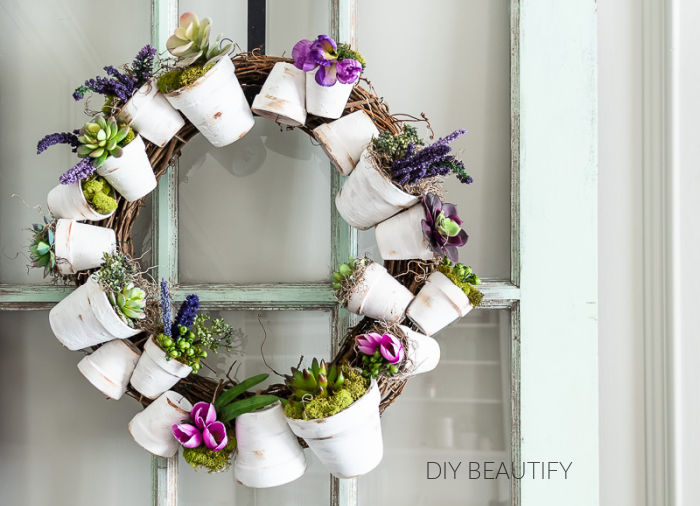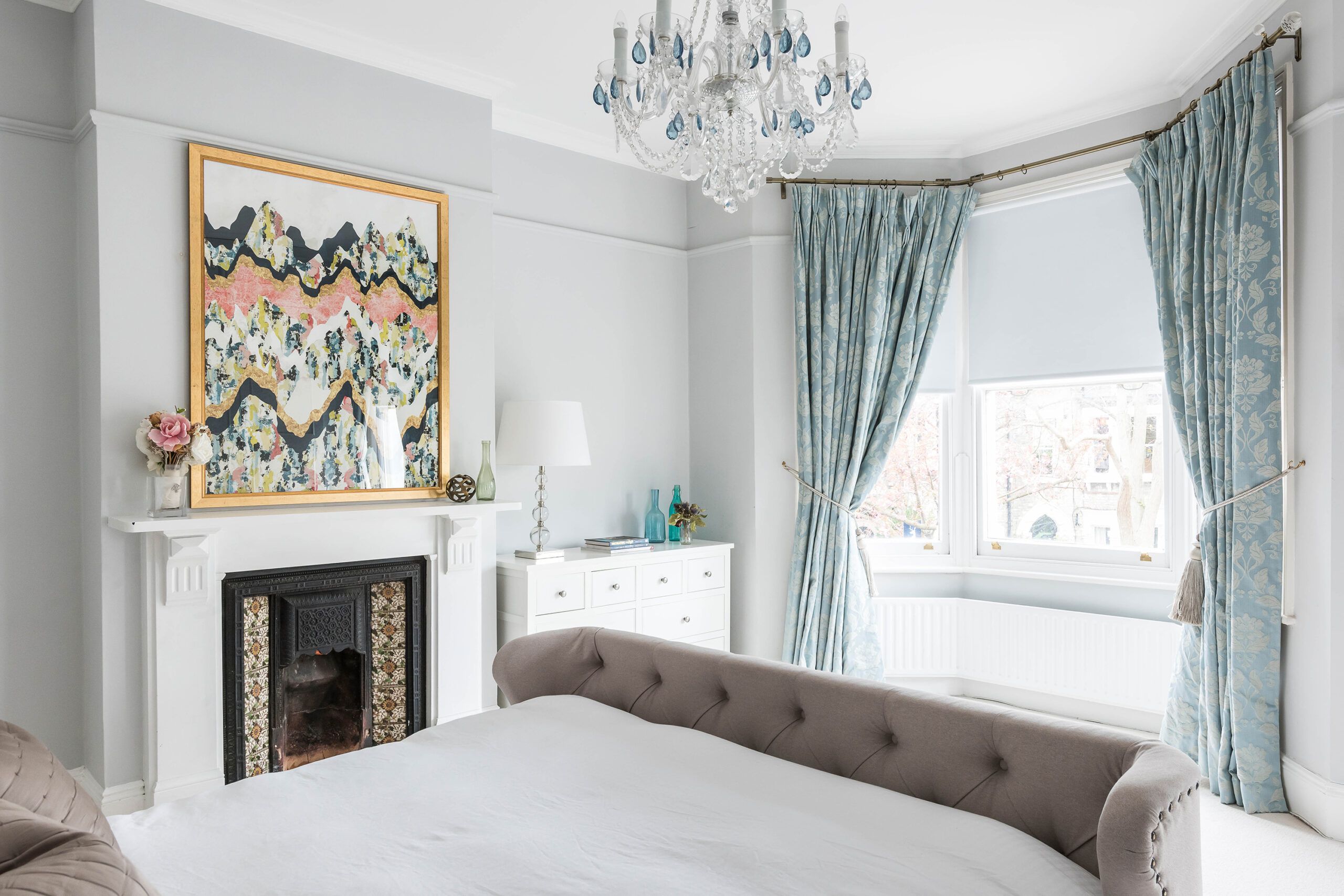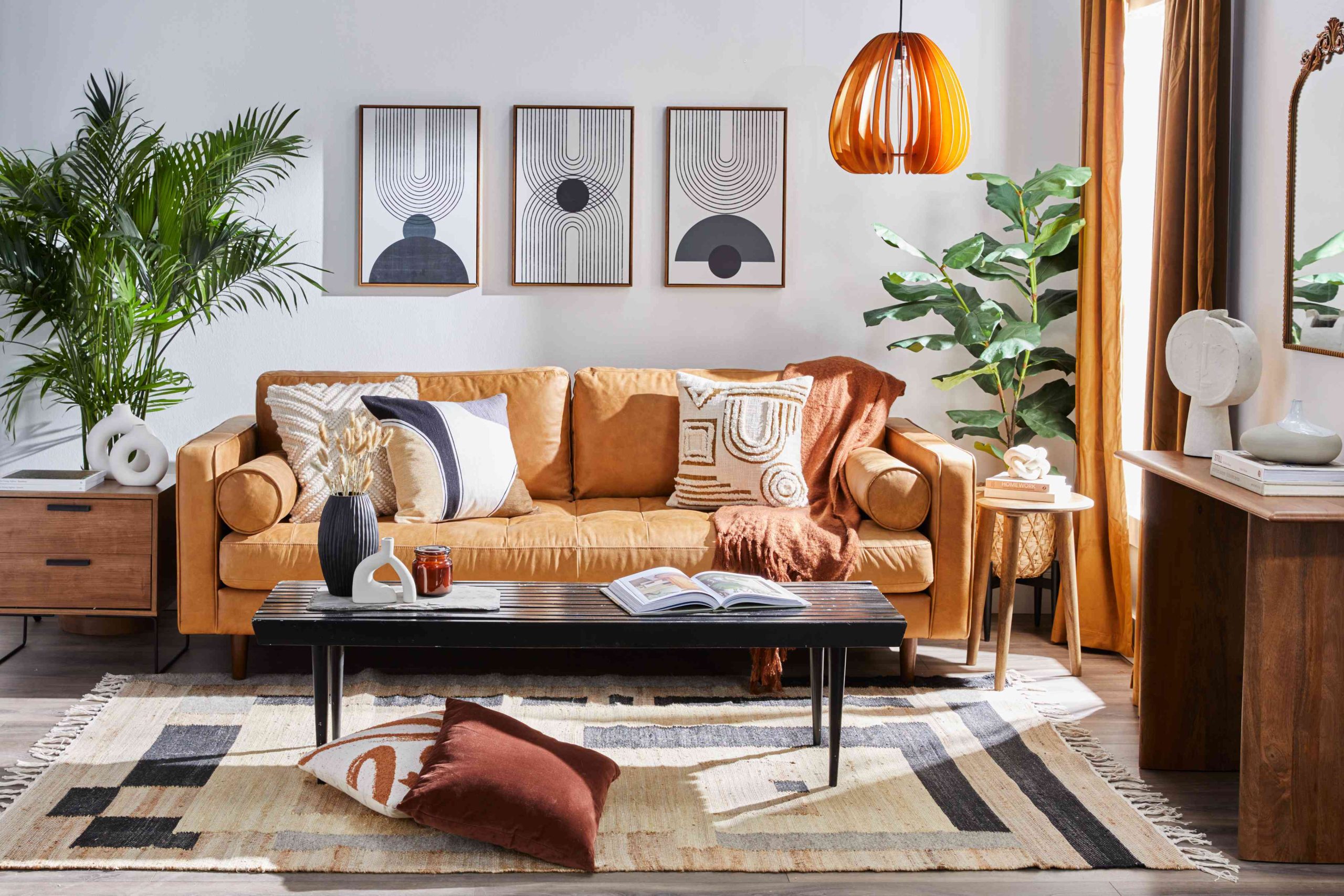Feng Shui, a centuries-old practice originating from ancient China, has found its way into modern home design, helping inhabitants curate spaces that not only look aesthetically pleasing but also promote harmony, balance, and positivity. This philosophy uses energy forces to achieve balance with the environment, an aspect that’s particularly crucial in our homes, where we seek comfort, peace, and rejuvenation. Understanding and implementing Feng Shui in your home design can significantly enhance the quality of your living space and, in turn, your life.
Historical Background of Feng Shui
Feng Shui, literally translating to “wind and water,” traces its roots back to around 4000 B.C. Initially used to identify safe and fruitful locations for dwellings and burial sites, Feng Shui evolved over time, incorporating elements like astronomy and geomancy to become a complex system of theories and practices aimed at optimizing harmony between humans and their environment. Today, its principles are applied worldwide in architecture, urban planning, and interior design, demonstrating its enduring relevance and adaptability.
The Basic Principles of Feng Shui
The foundation of Feng Shui lies in several fundamental principles. The concept of Chi, or energy, is at its core, emphasizing that everything in the universe has life energy, and harmonizing this Chi leads to a balanced life. Next are the Five Elements – Wood, Fire, Earth, Metal, and Water, each linked with specific qualities, colors, and shapes. Balancing these elements in space brings about harmony. Yin and Yang denote the opposing but interconnected forces in the universe, emphasizing the need for balance and unity between contrasting energies. Finally, the Bagua Map, a key tool in Feng Shui, is an energy map used to analyze a space and identify areas that correspond to different aspects of life, such as wealth, health, and relationships.
Feng Shui in Different Areas of the Home
Each room in your house has a unique purpose and hence requires a unique application of Feng Shui principles. The living room, being a social space, should be designed to promote conversation and relaxation. This can be achieved by arranging furniture in a circular or octagonal formation, allowing Chi to flow smoothly.
Bedrooms should be tranquil sanctuaries, promoting restful sleep. Avoid placing the bed directly opposite the door or under a window, and opt for soothing colors to encourage relaxation. The kitchen, a place of nourishment, should ideally be located towards the back of the house and kept clean and organized, with a balance of all five elements present.
Home offices should be designed to enhance focus and productivity, which can be achieved by placing the desk in a commanding position, facing the door. Lastly, the bathroom, while often overlooked, is vital in Feng Shui as it’s where energy can escape. Ensuring it’s clean and well-lit, using mirrors and plants, can counterbalance this drain.
Integrating Feng Shui into Interior Design
Integrating Feng Shui into your interior design starts with the color palette. Each color corresponds to one of the Five Elements and affects the energy in a room. For instance, blue and black represent the Water element, promoting calmness and tranquility, making them perfect for bedrooms or bathrooms.
Furniture placement is another important aspect. For example, beds, desks, and stoves should be positioned to allow a clear view of the door, a position referred to as the “commanding position” in Feng Shui. Moreover, introducing natural elements like plants can purify the air and promote positive energy.
Lighting plays a pivotal role, as well – proper lighting, particularly natural light, encourages a positive energy flow. Mirrors, meanwhile, can enhance light and stimulate Chi if placed correctly.
Overcoming Common Feng Shui Challenges
While applying Feng Shui can seem overwhelming, it’s about balance and can be achieved in any space. Dealing with clutter is the first step: maintaining cleanliness and organization allows for better energy flow. In smaller spaces, clever use of mirrors and light can create an illusion of spaciousness. For homes with limited light, using bright, warm colors and reflective surfaces can help. Architectural designs that don’t lend themselves naturally to Feng Shui can still be modified with creative solutions. For instance, if a bed can’t be in the commanding position due to room structure, using a mirror to reflect the door can counter this issue.
Benefits of a Feng Shui-Designed Home
Feng Shui offers a multitude of benefits beyond aesthetic appeal. Numerous studies link well-designed spaces with improved mental and physical health. A Feng Shui-designed home can promote better sleep, reduce anxiety, and enhance overall well-being. It also fosters increased productivity and creativity, leading to personal and professional success. Feng Shui encourages better communication and relationships, creating a nurturing environment for families. Lastly, it’s believed to improve prosperity and luck, attracting positive energy and opportunities.
Case Studies: Before and After Feng Shui
For a real-world example of the transformative power of Feng Shui, consider the case of a New York-based entrepreneur who redesigned his home and workspace following Feng Shui principles. The changes resulted in not only an aesthetically pleasing environment but also boosted productivity, enhanced relationships, and overall life satisfaction. Each case serves as a testament to the profound effects of Feng Shui.
Tips for Beginners: Getting Started with Feng Shui
Starting with Feng Shui can seem daunting, but simple steps can lead to significant changes. Begin with decluttering and organizing your space, followed by analyzing your home using the Bagua map. Opt for natural materials wherever possible and ensure that your space has a balance of the Five Elements.
Remember, Feng Shui is highly personal – what works for one person may not work for another. It’s crucial to understand your space and energy and adapt the principles accordingly. There are numerous resources available for beginners, such as Feng Shui books, online courses, and consultants, to assist in this journey.
Conclusion
Feng Shui isn’t just about rearranging furniture or painting walls a certain color; it’s about creating a home that feels good, uplifts your spirit, and supports your goals. The journey towards a harmonious home can be transformative, rewarding, and deeply personal. As you experiment with Feng Shui, remember that it’s less about perfection and more about balance, alignment, and fostering a sense of peace and positivity in your space.



